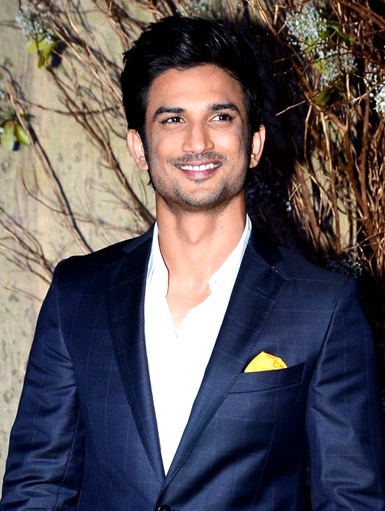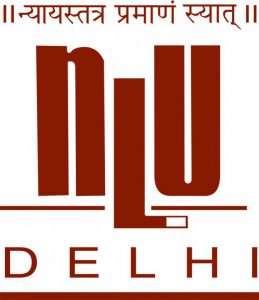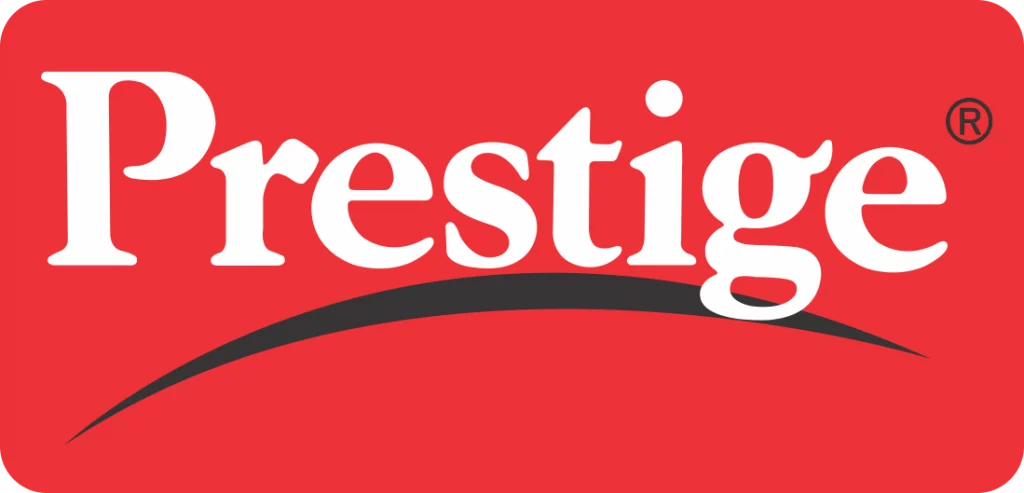
Last week saw some pretty interesting discussions on the blog. Detailed posts analysing the recently-pronounced landmark judgements in Ericsson v CCI and Krishna Kishore Singh v. Sarla & Others were published along with a quick post on DPIIT’s notice over collection of royalties by copyright societies.
This weekly review is co-authored with SpicyIP Intern Yashna Walia. Yashna is a fifth-year law student at UILS, Panjab University, Chandigarh. Her area of interest lies in IP and corporate law.
Highlights of The Week

Gaurangi writes on the recent DPIIT public notice restraining Copyright Societies from violating Section 52(1)(za), remarking how it falls short in clarifying the present situation and may be susceptible to further litigation.
Hollow Victory? Delhi High Court Says Patents Act Supersedes Competition Act, with Shaky Reasons
Delhi High Court recently held that Patents Act supersedes Competition Act on matters pertaining to the abuse of rights under the Patents Act. While this surely is good news for the right holders, Praharsh argues that the order lacks the much-needed clarity and is susceptible to narrow interpretations.
Other Posts
Taking Publicity and Privacy to the Grave: Delhi High Court on Descendability of Publicity Rights

In a dispute concerning the publicity rights of the late actor Sushant Singh Rajput, the Delhi High Court recently held that publicity rights cannot be inherited after the demise of a ‘public figure.’ Devangini Rai writes on the order and its implication, critically assessing the nature of publicity rights vis a vis right to privacy.
Is Messenger RNA Patent-Eligible?
In light of the US patent dispute on mRNA platform, Aparajita discusses if the technology is eligible for patent protection at all.
This post is originally published on Bill of Health, the blog of Petrie-Flom Center at Harvard Law School.
Elon Musk’s Obsession with Letter ‘X’- A Possible Trademark Issue for Twitter in India?
In light of Twitter’s decision to change the beloved ‘Blue Bird’ logo to ‘X’, Abhijeet Audichya writes on the potential trademark implications this move could result in.

We are pleased to inform our readers that the Chair on Intellectual Property Rights, National Law University, Delhi is inviting applications for the position of Research Assistant (Law). The last date to apply is August 05, 2023.
We are pleased to apprise our readers of a free online course on intellectual property starting on July 31, 2023, which is being offered for students on the e-learning platform SWAYAM by Dr. Yogesh Pai, Associate Professor of Law, in charge of the SPRIHA IPR Chair at National Law University, Delhi.
Case Summaries
Delhi High Court reiterates that functional designs are not per se ineligible for registration and can be registered if they possess any aesthetic appeal
Case: Ttk Prestige Ltd. vs Gupta Light House on 24 July, 2023 (Delhi High Court)

The dispute pertained to imitation of suit design by the defendant. The suit design was a “Handi” shaped pressure cooker registered in favor of the plaintiff. The defendant argued that the design is hit by invalidity due to prior publication, lack of novelty and aesthetic appeal, and expiry of the registered design. The Court, however, held that the plaintiff’s design has an aesthetic appeal and it is substantially different from the traditional “Handi” design. On functionality, the Court reiterated that functional designs are not per se ineligible for registration and can be registered if they possess any aesthetic appeal. During the course of the hearing, the term of the registration expired and thus the Court passed the decree of rendition of accounts and costs against the defendant.
Emphasizing the need to consider submissions of the applicants, the Delhi High Court sets aside the impugned order rejecting the patent application.
Case: Oyster Point Pharma Inc vs The Controller Of Patents and Designs (Calcutta High Court) on 26 July, 2023 (Delhi High Court)
An appeal was filed under section 117A of the Patents Act 1970 against the order of the Assistant Controller of Patents and Designs rejecting the appellant’s patent application. The application was rejected under sections 2(1)(ja) and 3(d) of the Patents Act, citing 3 prior art documents. The appellant claimed that the respondent failed to appreciate the enhanced efficacy which was evident from the amended set of claims. The court held that the Controller should have considered the details of the experiments conducted, comparative studies made and their conclusive results to determine efficacy. The court clarified that there is no specific time bar in the Act that prevents an applicant from filing additional documents after the filing of the patent claim and therefore set aside the order and remanded the matter back to the respondent to consider afresh.
Disagreeing with the opinion of a composite bench, a single judge bench of the Delhi High Court refers questions on plurality of inventions to Division Bench
Case: Syngenta Limited vs Controller Of Patents And Designs (Delhi High Court) on 26 July, 2023 (Delhi High Court)

An appeal was filed under section 117A of the Patents Act 1970 against the order of the Controller of Patents and Designs rejecting the divisional application of the appellant seeking patent for an ‘Agrochemical concentrate comprising an adjuvant and hydrotrope”. It was rejected on the ground that the plurality of inventions was not specifically contained in the claim. The court ruled that earlier expressed opinion, in Boehringer Ingelheim v. The Controller of Patents , that the plurality of inventions forms a part of the claims in the parent application and not in the complete specification, needs to be revised. It therefore, referred two questions for consideration to a Division Bench of the Court – does the requirement of plurality apply even where the Divisional Application is filed by the applicant suo moto, and not on the basis of any objection raised by the Controller; and does the plurality of inventions have to be reflected in the claims in the parent application or is it sufficient if the plurality of inventions is reflected in the disclosures in the complete specifications accompanying the claims in the parent application?
Delhi High Court passes a detailed order on the patentability of product-by-process patent claims and their infringement.
Case: Vifor International Ltd & Anr. vs Dr Reddys Laboratories Limited on 24 July, 2023 (Delhi High Court)
In what may be the first detailed order on Product-by-Process patent claims, the Delhi High Court rejected the plaintiff’s request for interim injunction and allowed the defendants to launch their products. The plaintiff had argued that India does not have a product-by-process mechanism and that the suit patent is derived from product patent claims. The court however negated these arguments and relying on the Guidelines for Examination of Patent Application in the Field of Pharmaceuticals, State University of New York v. Asst. Controller of Patents and a plethora of decisions from authorities abroad, held that the product-by-process patent claims are a part of the Indian patent regime and after assessing the plaintiff’s claim held that their invention is derived out of product-by-process claims. The court clarified that while assessing the allegation of infringement of product-by-process patents, the process claims are to be compared with the process of the allegedly infringing product. Comparing the competing processes, the court held that the defendant have not infringed the patent and passed the present order.
Other Developments
International IP Developments
- SEO Powered Content & PR Distribution. Get Amplified Today.
- PlatoData.Network Vertical Generative Ai. Empower Yourself. Access Here.
- PlatoAiStream. Web3 Intelligence. Knowledge Amplified. Access Here.
- PlatoESG. Automotive / EVs, Carbon, CleanTech, Energy, Environment, Solar, Waste Management. Access Here.
- BlockOffsets. Modernizing Environmental Offset Ownership. Access Here.
- Source: https://spicyip.com/2023/07/spicyip-weekly-review-july-24-july-30.html



